Cost of glass wall vs drywall
Introduction
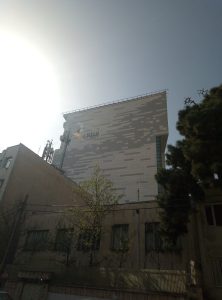
In the realm of contemporary architecture and interior design, glass walls have gained considerable popularity due to their ability to create visually appealing spaces, foster natural light, and promote a sense of openness. On the other hand, traditional drywall construction has long been the default choice for partitioning rooms and defining spaces. However, when it comes to choosing between the two, a crucial consideration for both architects and property owners is the cost involved. This article aims to explore the cost implications of installing glass walls versus traditional drywall in construction projects.
The Cost of Glass Walls
Glass walls are an enticing choice for many, as they provide a sophisticated and modern aesthetic that instantly elevates any space. But this contemporary appeal comes at a price. The cost of glass walls is typically higher than that of conventional drywall. Several factors contribute to the higher expense:
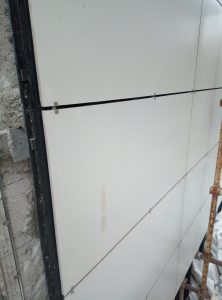
- Material Cost: Glass panels, whether frameless or framed, are relatively expensive compared to drywall sheets. The quality and thickness of the glass, as well as any additional features like frosted or tinted finishes, will also impact the overall cost.
- Installation Complexity: Installing glass walls requires specialized skills and expertise. Properly aligning and securing large glass panels demands precision and care, which translates into higher labor costs compared to traditional drywall installation.
- Structural Considerations: Glass walls may necessitate additional structural modifications to support the weight of the glass, especially in large commercial applications. This can incur extra expenses during the planning and construction stages.
- Energy Efficiency: Glass walls are less insulating than drywall, making them less energy-efficient. While energy savings can be achieved through using high-performance glass, the initial investment cost might still be higher than drywall.
The Cost of Drywall
Drywall, also known as gypsum board or plasterboard, is a cost-effective and widely used building material in the construction industry. Its affordability makes it a popular choice for both residential and commercial projects. The following factors contribute to the lower cost of drywall:
- Material Cost: Drywall sheets are significantly less expensive compared to glass panels. This affordability is due to the availability and cost-effectiveness of gypsum, the primary component of drywall.
- Installation Simplicity: Drywall installation is a straightforward process that requires less specialized labor. Skilled carpenters or contractors can install drywall efficiently, reducing labor costs.
- Versatility: Drywall can be easily cut and shaped to fit any space or design requirement, allowing for flexibility and customization without incurring significant expenses.
- Energy Efficiency: Drywall offers better insulation properties than glass walls, leading to potential long-term energy savings in climate-controlled environments.
Choosing between glass walls and drywall involves a trade-off between cost and design aesthetics. It is essential to consider the long-term benefits and potential drawbacks of each option before making a decision.
Here are some additional points to consider:
Maintenance and Durability:
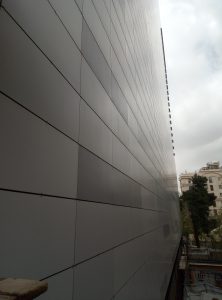
Glass walls require regular cleaning and maintenance to keep them looking pristine and transparent. Fingerprints, smudges, and dust can easily accumulate on glass surfaces, which may require more frequent cleaning, especially in high-traffic areas. Drywall, on the other hand, is relatively low-maintenance and can withstand wear and tear better over time.
Privacy and Sound Control:
Another critical factor to consider is privacy and sound control. Glass walls may offer less acoustic insulation compared to drywall, which can result in reduced privacy in open office spaces or residential settings. Drywall partitions, especially when combined with insulation materials, can provide better soundproofing and privacy, making them preferable for areas requiring confidentiality and concentration.
Natural Light and Space Perception:
One of the significant advantages of glass walls is their ability to maximize natural light and create an illusion of a larger, more open space. This can lead to reduced dependency on artificial lighting during daylight hours, potentially offsetting some energy costs. In contrast, drywall partitions may block light and create a sense of confinement, especially in smaller areas.
Customization and Design Flexibility:
Both glass walls and drywall can be customized to suit various design preferences. Glass walls offer the advantage of transparency and can be customized with different finishes, tints, and patterns. On the other hand, drywall surfaces can be painted in a wide range of colors and textures to match the overall interior design.
Project Scope and Purpose:
The cost implications of choosing glass walls versus drywall also depend on the scope and purpose of the project. In high-end commercial or luxury residential settings, the added cost of glass walls may be justified to create an impressive and sophisticated environment. Conversely, for more budget-conscious projects or those where privacy and insulation are paramount, drywall may be the preferred option.
Sustainability Considerations:
Sustainable building practices are increasingly crucial in modern architecture. Glass walls, when made with energy-efficient glazing, can contribute to a building’s overall energy efficiency by harnessing natural light and reducing the need for artificial lighting. However, the manufacturing process of glass can have a higher carbon footprint compared to the production of drywall. It is essential to consider the environmental impact of both materials during the decision-making process.
Conclusion
The choice between glass walls and drywall ultimately comes down to the specific needs, budget, and design preferences of each project. While glass walls can enhance the aesthetics and natural lighting of a space, they come with a higher price tag due to the cost of materials, specialized installation, and potential structural modifications. In contrast, drywall is a more budget-friendly option that offers versatility, ease of installation, and better insulation properties.
For those with a higher budget seeking a contemporary and visually striking ambiance, glass walls may be the ideal choice. On the other hand, those looking for cost-effective solutions without compromising functionality and insulation may find drywall more appealing. It’s crucial for architects, property owners, and developers to carefully evaluate the specific requirements of each project to make an informed decision that aligns with their goals and budget constraints.

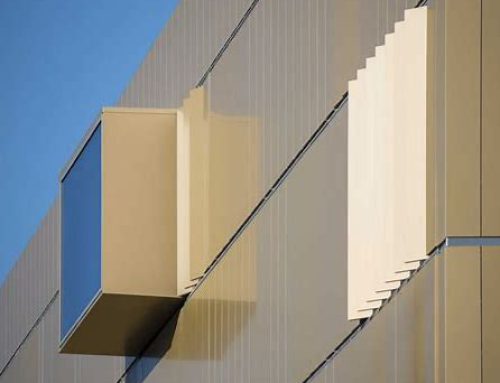

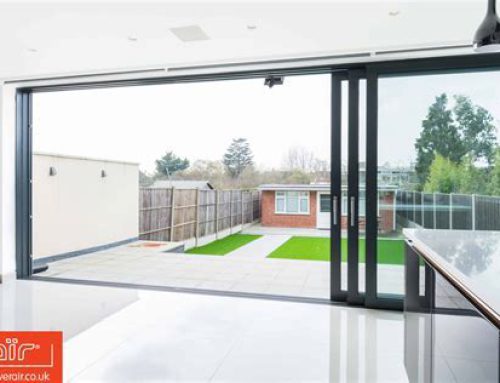
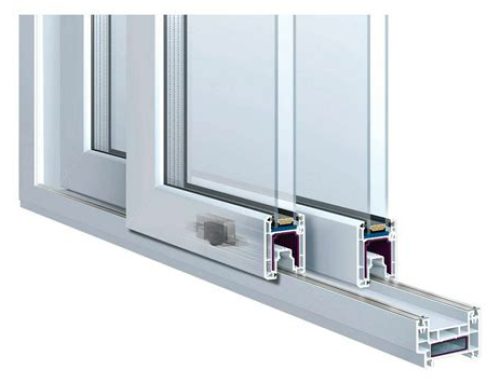
Leave A Comment